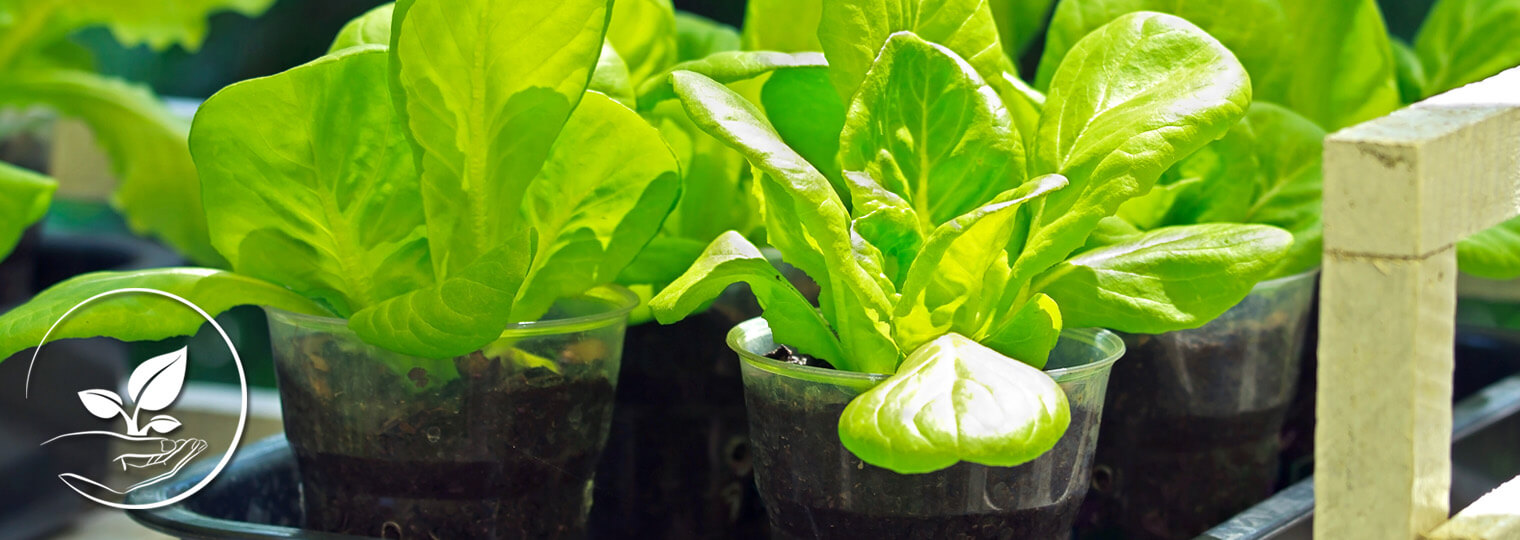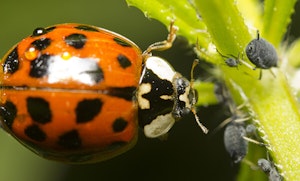 Be Inspired Blog - Arizona
Be Inspired Blog - Arizona

Use Integrated Pest Management To Solve Pest Problems
Integrated Pest Management - IPM is a process you can use to solve pest problems while minimizing risks to people and the environment.
The IPM method is the process of monitoring and correctly identifying pests and unwanted plants followed by determining if and what management is needed. IPM Process:
- Prevent. Ensuring proper soil and planting conditions, installing the right plant in the right place and practicing good hygiene like keeping tools clean is the first IPM step.
- Monitor. Watching out for beneficial insects and pests will give you the opportunity to make changes before problems arise.
- Identify. Having one of SummerWinds Trusted Advisors identify what weed, insect or disease poses problems will enable you to best address a solution.
- Determine Threshold. Is an occasional bug snacking on your vegetable? Or is your rose encrusted with aphids, stunting blooms? What level of pest evidence is acceptable to you?
- Treat. Use a combination of biological, cultural, physical/mechanical and chemical management tools to treat the problem. See below.
- Evaluate. Were you able to resolve the problem? If not, repeat the steps with different treatment solutions.
The most effective, long-term way to manage pests is by using a combination of methods that work better together than separately. Approaches for managing pests are often grouped in the following categories:

- Biological Control – is the use of natural guardians—predators, parasites, pathogens, and competitors—to control pests and their damage. Invertebrates, plant pathogens, nematodes, weeds, and vertebrates have many natural enemies. For a list of guardians and companion plants.
- Cultural Controls – are practices that reduce pest establishment, reproduction, dispersal, and survival. For example, changing irrigation practices can reduce pest problems, since too much water can increase root disease and weeds.
- Mechanical and Physical Controls – kill a pest directly or make the environment unsuitable for it. Traps for rodents are examples of mechanical control. Physical controls include mulches for weed management, steam sterilization of the soil for disease management, or barriers such as screens to keep birds or insects out.
- Chemical Control – is the use of pesticides. In IPM, pesticides are used only when needed and in combination with other approaches for more effective, long-term control. Also, pesticides are selected and applied in a way that minimizes their possible harm to people and the environment. With IPM you'll use the most selective pesticide that will do the job and be the safest for other organisms and for air, soil, and water quality; use pesticides in bait stations rather than sprays; or spot-spray a few weeds instead of an entire area. For a list of Organic Solutions.
- “What is Integrated Pest Management (IPM)?” at ucdavis.edu

